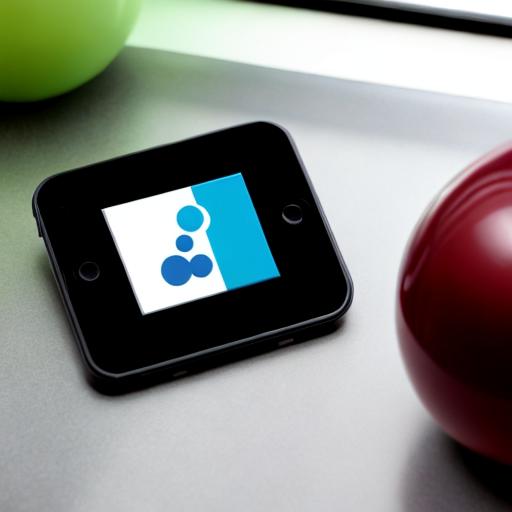Education plays a crucial role in shaping individuals and preparing them for the challenges of the future. In today’s rapidly evolving world, it is essential to foster creativity and innovation in the classroom to ensure optimal learning outcomes. This article aims to provide a comprehensive understanding of how creativity and innovation can enhance the success of learners. It is specifically tailored to course instructors, offering valuable insights and guidance for organizing and conducting effective courses.
The Importance of Creativity and Innovation in Education
Creativity and innovation are vital components of a well-rounded education. They empower students to think critically, solve problems, and adapt to new situations. By encouraging creativity, educators can nurture students‘ curiosity, imagination, and originality, enabling them to become lifelong learners and active contributors to society.
Benefits of Creativity and Innovation in the Classroom
Integrating creativity and innovation into the classroom environment yields numerous benefits for both students and instructors. Firstly, it enhances student engagement and motivation. When students are encouraged to think creatively, they become more invested in their learning journey, leading to improved academic performance.
Furthermore, creativity and innovation foster collaboration and teamwork. By engaging in creative projects, students learn to communicate effectively, share ideas, and work together towards a common goal. These skills are invaluable in the professional world, where collaboration is essential for success.
Moreover, creativity and innovation promote critical thinking and problem-solving abilities. Students are encouraged to explore multiple perspectives, analyze complex issues, and develop innovative solutions. These skills are transferable to various real-life situations, equipping students with the tools they need to overcome challenges and make informed decisions.
Strategies for Incorporating Creativity and Innovation in Education
There are several effective strategies that educators can employ to foster creativity and innovation in the classroom:
- Encourage open-ended questions and discussions to stimulate creative thinking.
- Provide opportunities for hands-on, experiential learning.
- Integrate technology and multimedia to enhance engagement and creativity.
- Allow for flexibility and autonomy in assignments, enabling students to explore their interests.
- Promote a supportive and inclusive classroom environment that values diverse perspectives.
Overcoming Challenges and Barriers
While incorporating creativity and innovation in education is highly beneficial, it is not without its challenges. Time constraints, standardized testing, and curriculum restrictions can limit the opportunities for creative exploration. However, with proper planning and a commitment to student-centered learning, these barriers can be overcome.
Conclusion
Creativity and innovation are essential for enhancing the success of learners in the modern educational landscape. By fostering creativity, educators can empower students to become critical thinkers, problem solvers, and lifelong learners. Incorporating strategies that promote creativity and innovation in the classroom can lead to improved engagement, collaboration, and critical thinking skills. Despite the challenges, it is crucial for educators to prioritize creativity and innovation to prepare students for the ever-changing world they will face.



